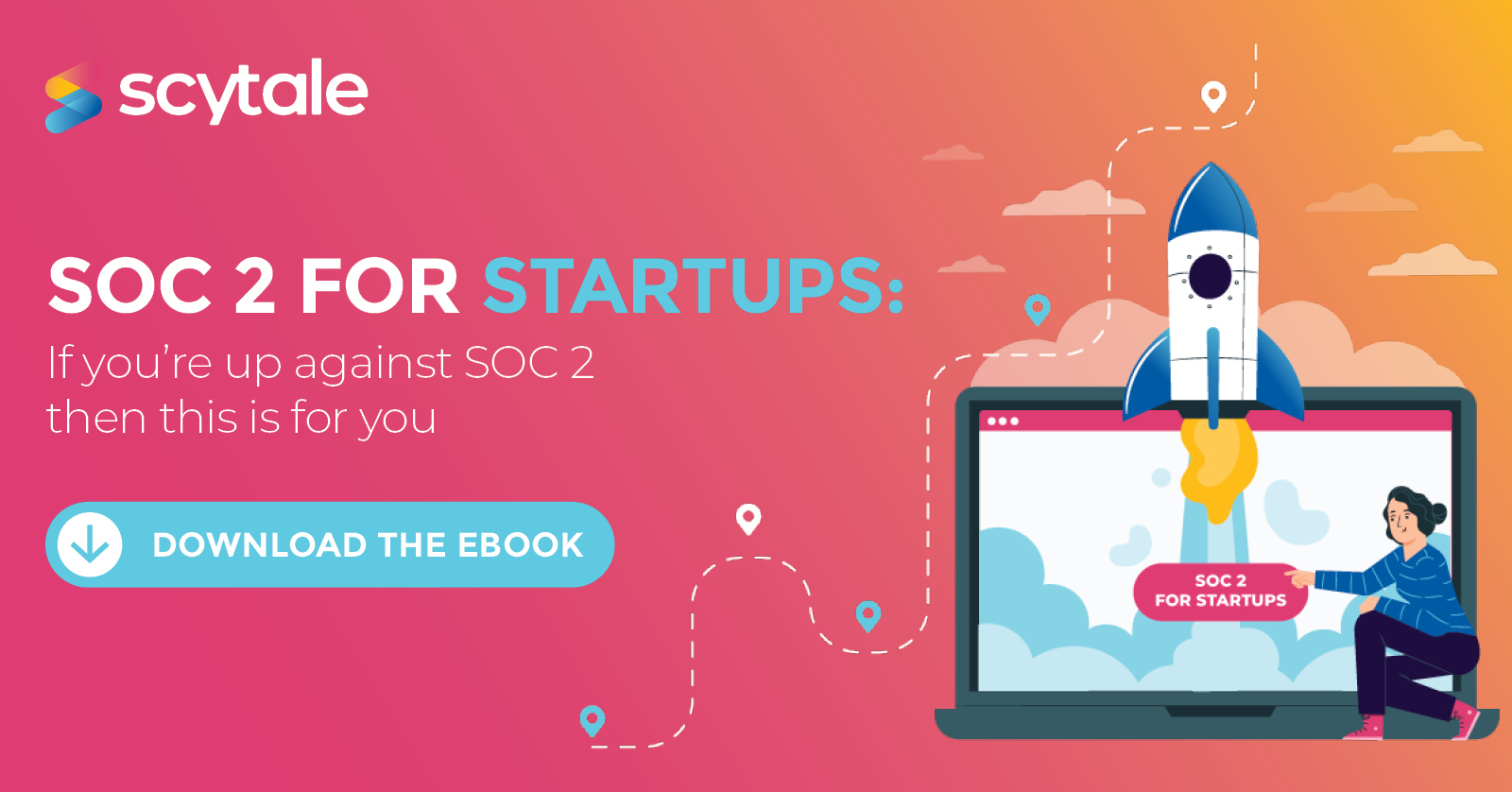Trust Service Principles
Security
The system is protected against unauthorized access (both physical and logical)
Availability
The system is available for operation and use as committed or agreed
Confidentiality
Information designated as confidential is protected as committed or agreed
Processing Integrity
System processing is complete, accurate, timely, and authorized
Privacy
Personal information is collected, used, retained, disclosed, and disposed of in conformity with the commitments in the entity's privacy notice and with criteria set forth in Generally Accepted Privacy Principles (GAPP) issued by the AICPA





